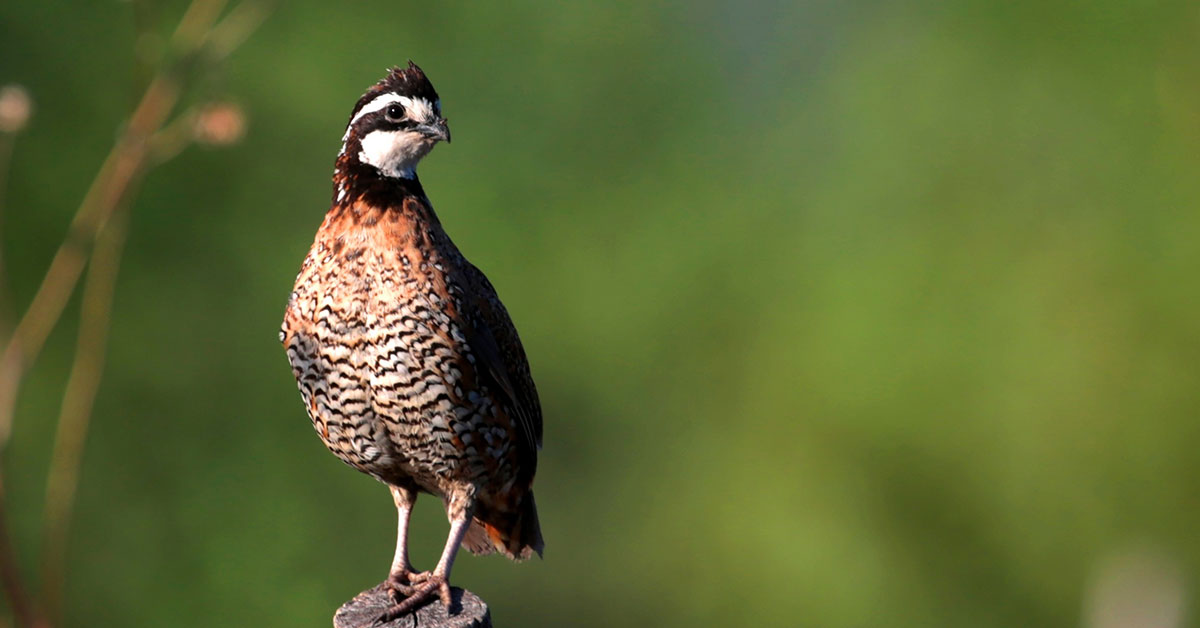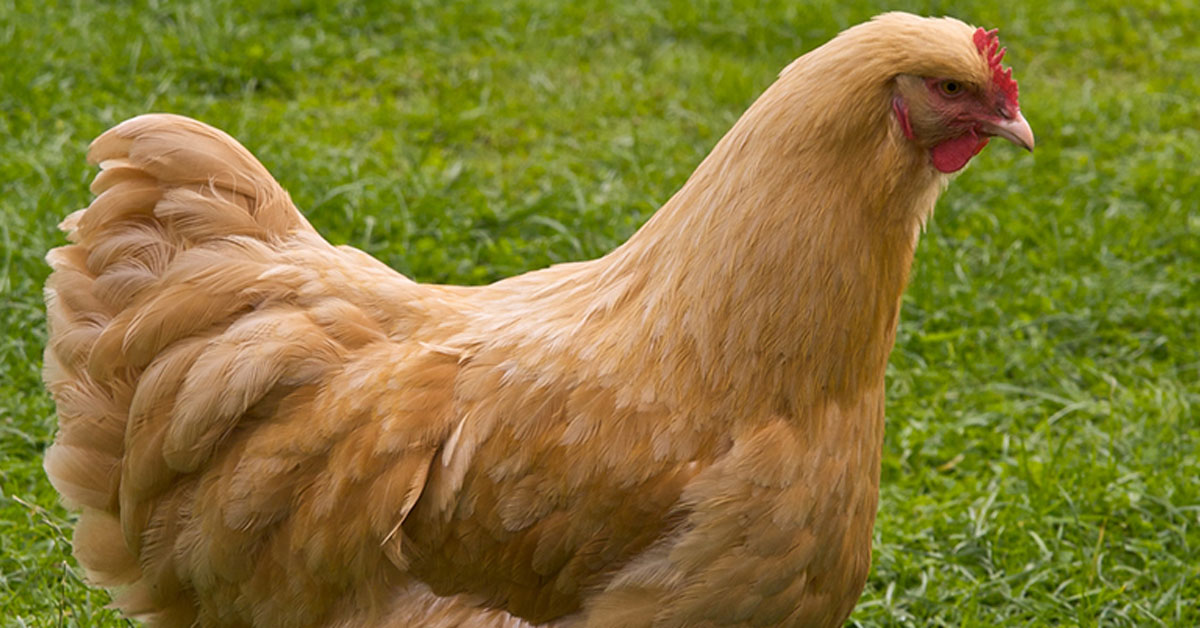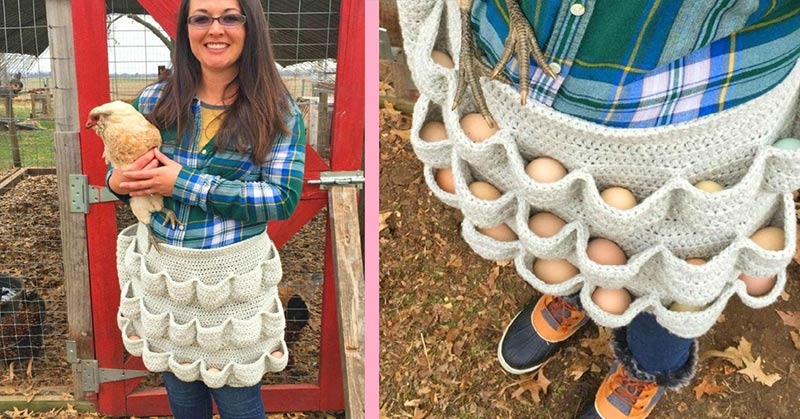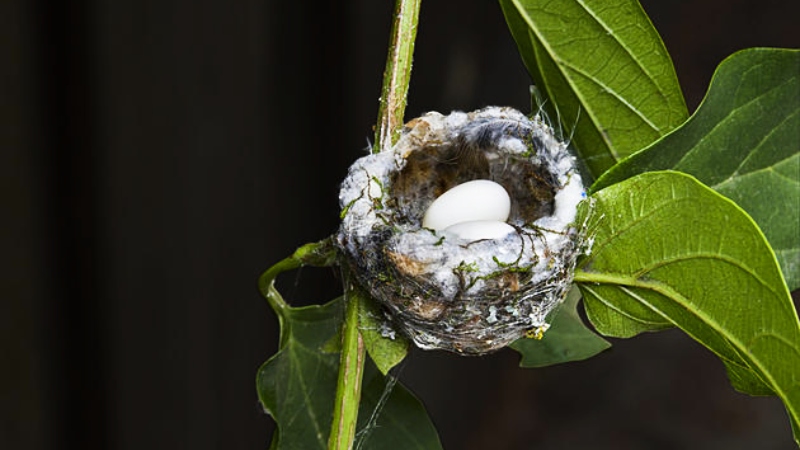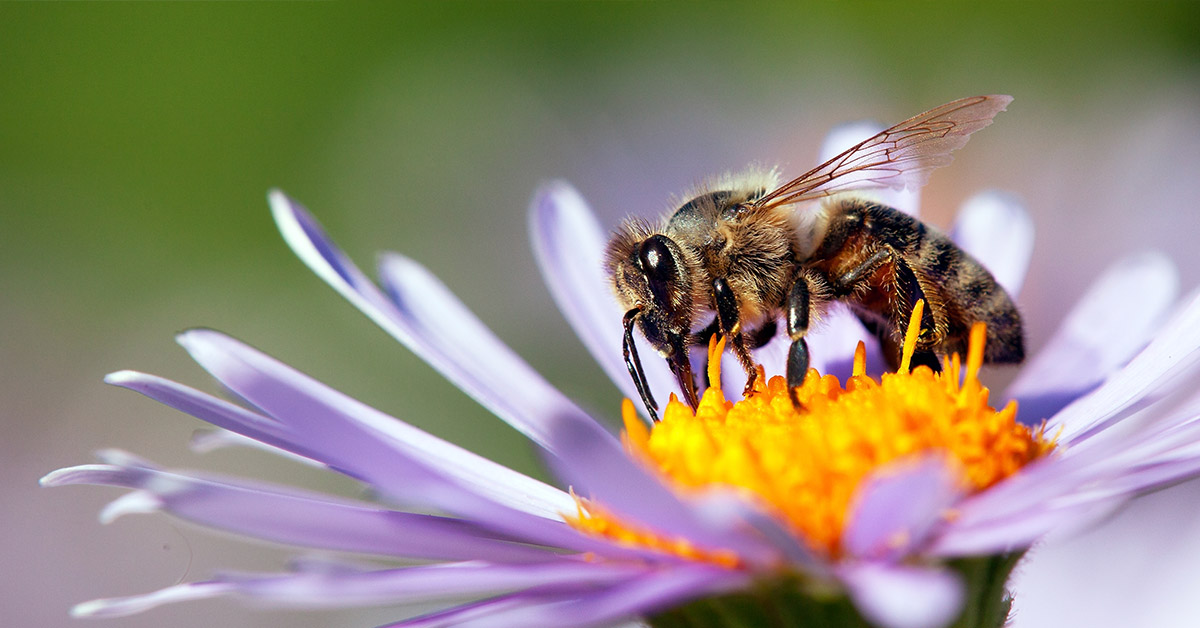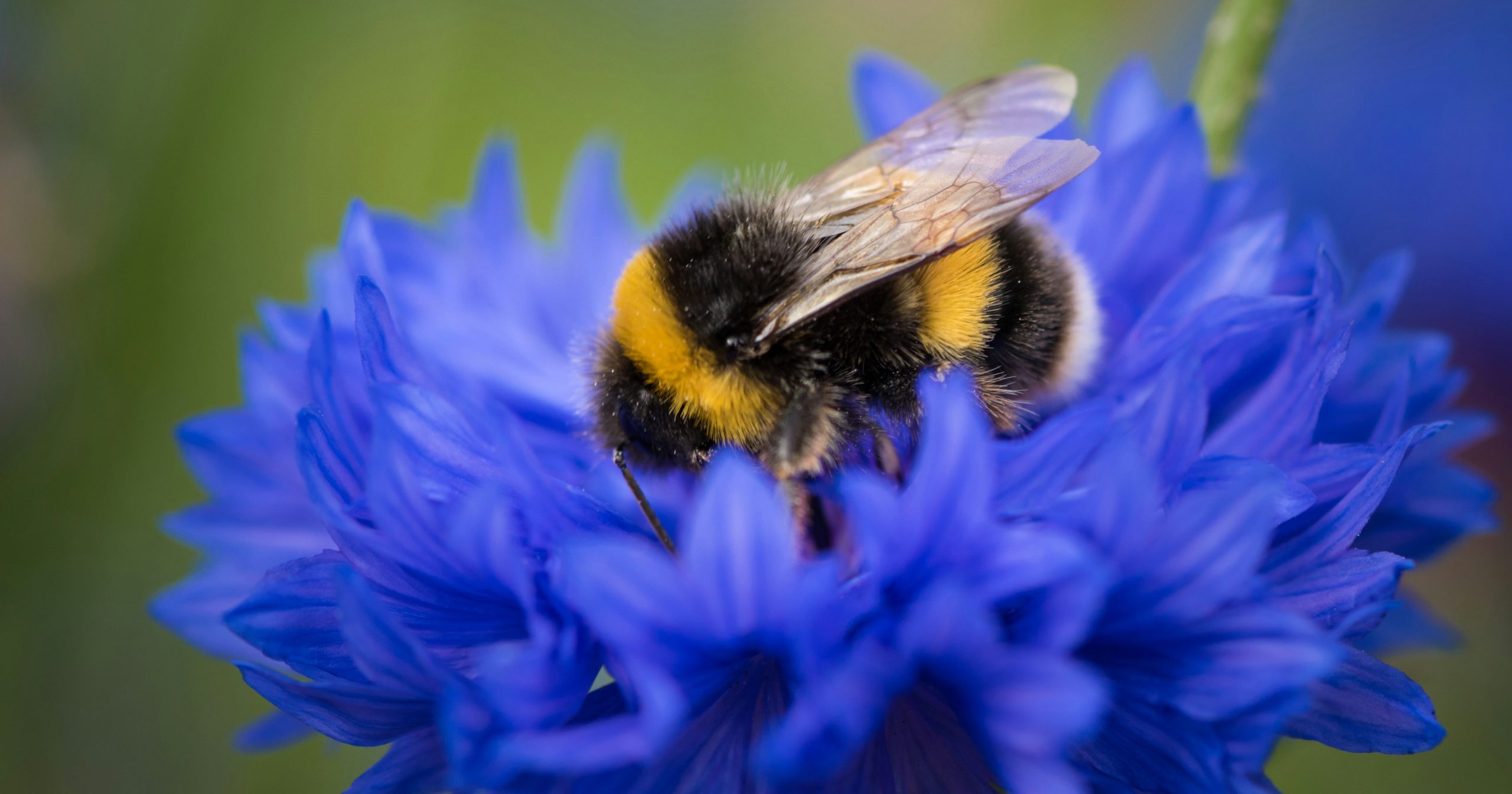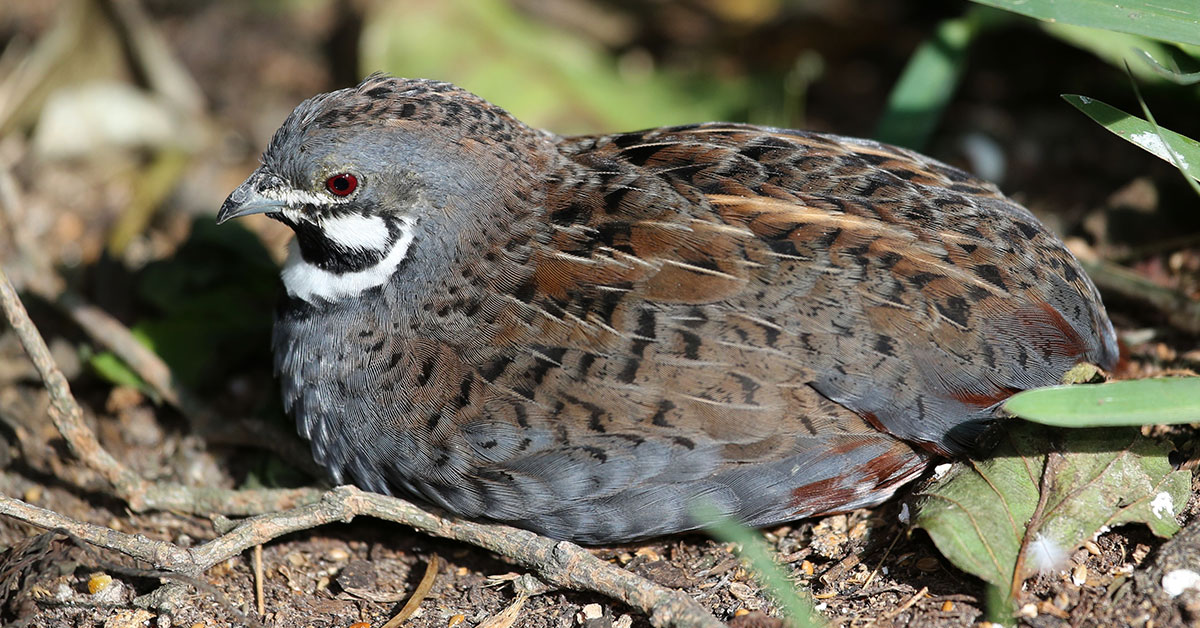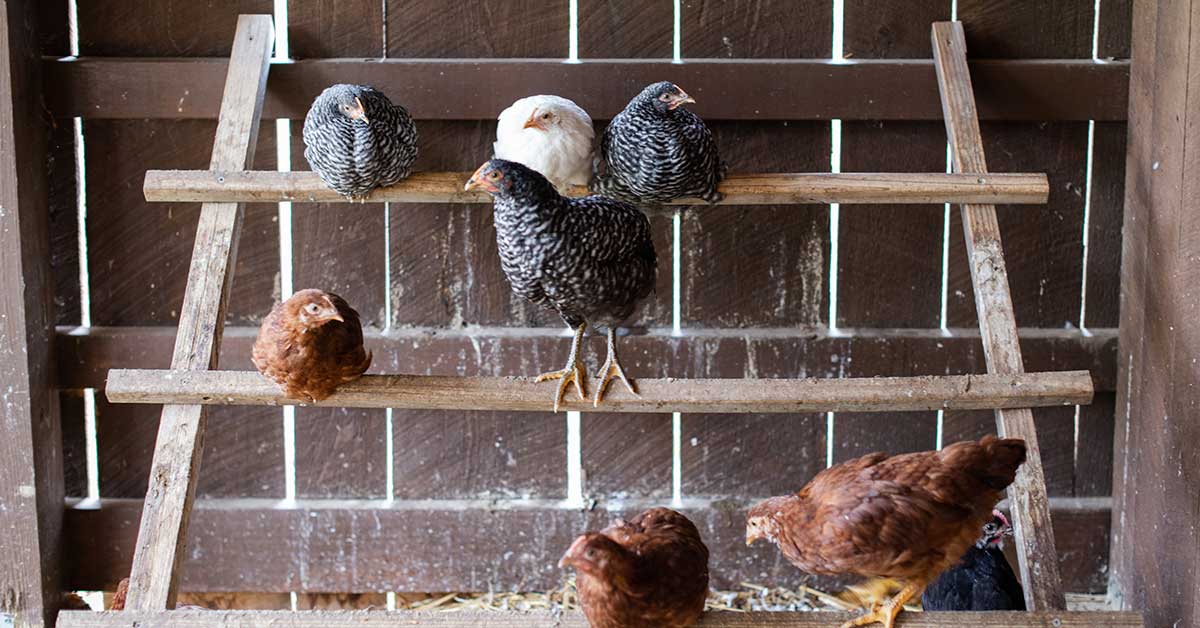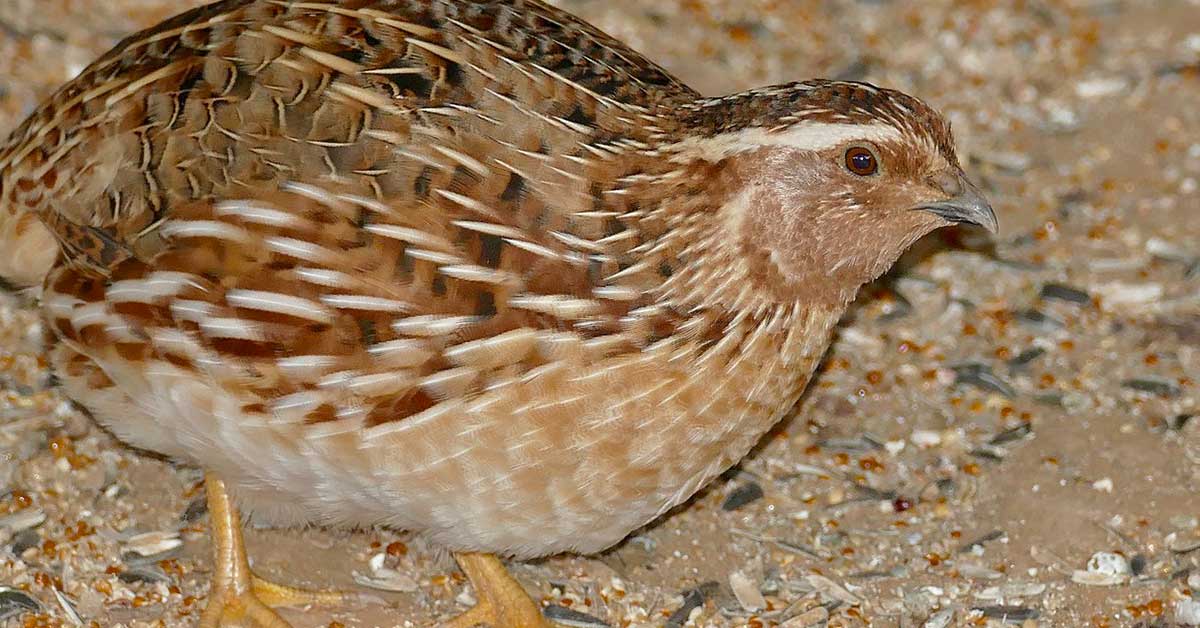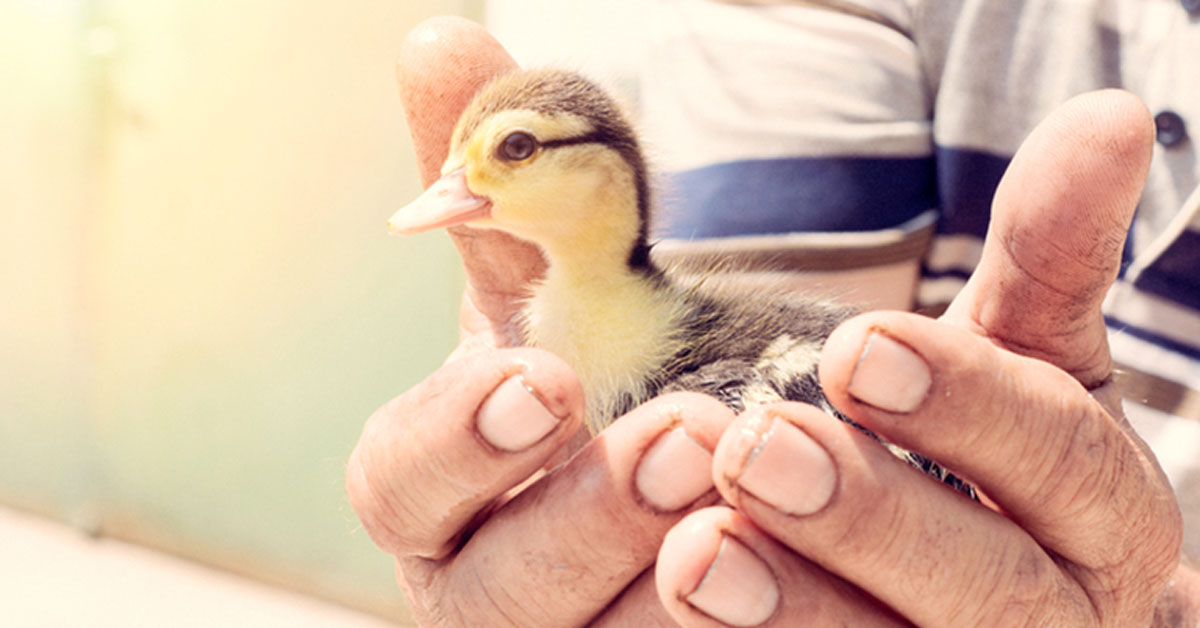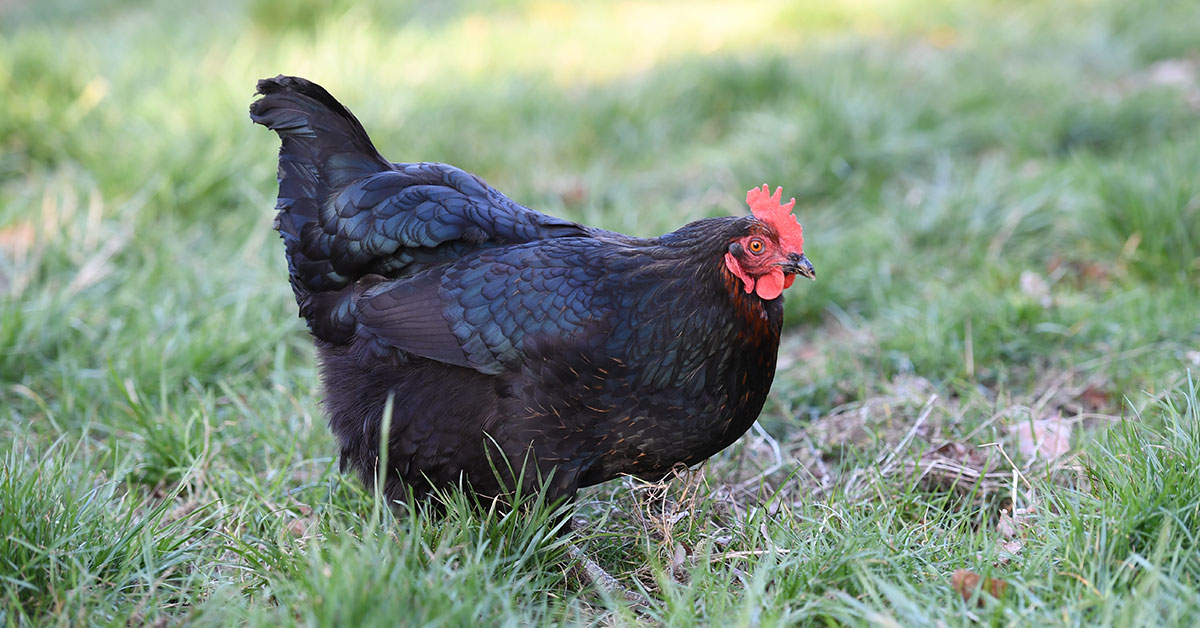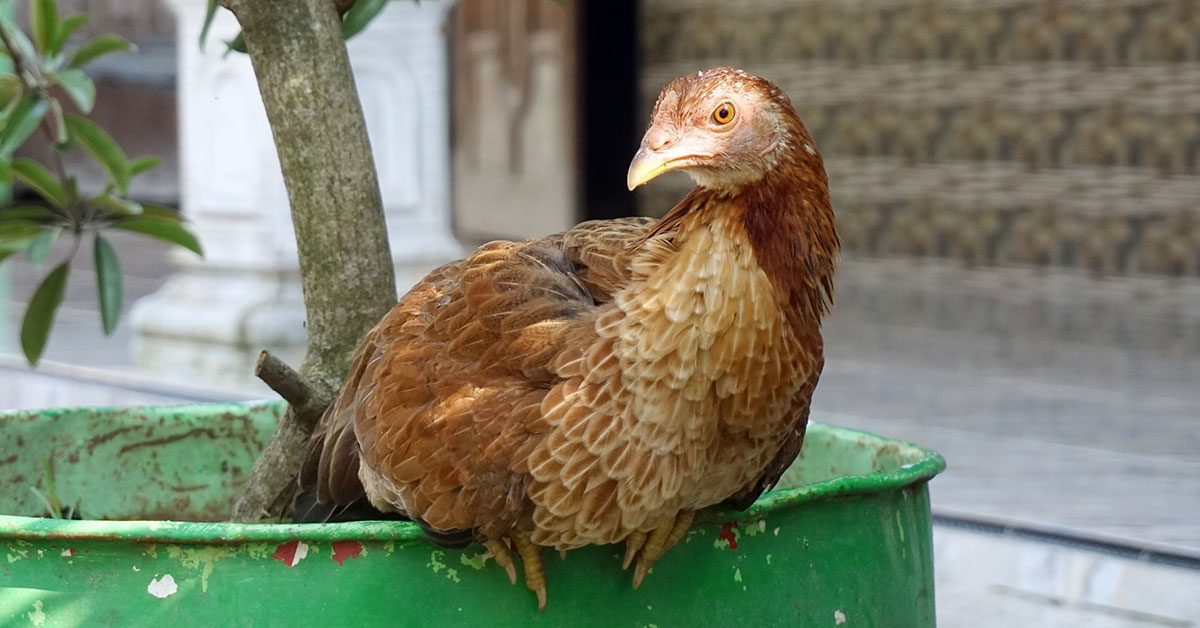Bobwhite quail are one of the most popular types of quails kept in captivity. They are known for their distinctive “bobwhite” call and are often raised for their meat and eggs. If you are considering raising bobwhite quail, it is important to understand their needs and how to care for them properly. In this article, we will cover everything you need to know about bobwhite quail care, including their egg-laying habits, egg incubation, and general care requirements.
Age of Egg-Laying
Bobwhite quails usually begin laying eggs when they are between 16 and 20 weeks old. This means that if you want to raise bobwhite quails for their eggs, you should plan on starting with young birds. It is important to note that bobwhite quails have a shorter lifespan than other types of poultry, usually living only around 2 years. As they get older, their egg production will decrease, so it is recommended to replace them with new birds every 1-2 years to maintain egg production.
Number of Eggs Laid Per Year
Bobwhite quails are known for their high egg production, laying around 100-150 eggs per year. They will usually lay one egg per day during their peak egg-laying period, which typically lasts around 8-10 months. During the off-season, it is common for egg production to decrease significantly or stop altogether. One thing you can do to keep their egg laying consistent is to provide a full spectrum lamp during the shorter days of winter. This will essentially “trick” the quail into thinking it’s still summer and continue to lay eggs.
Breed purpose
People raise bobwhite quail for a variety of reasons, including:
- Meat Production: Bobwhite quail are raised for their meat, which is considered a delicacy in many parts of the world. They have a mild flavor and tender texture, making them a popular choice for restaurants and gourmet markets.
- Egg Production: These quail also lay large numbers of eggs each year, which are used for human consumption and for hatching new quail chicks.
- Hunting: Bobwhite quail are a popular game bird and are often raised for hunting purposes. They can be released into the wild for hunting, or raised in captivity for hunting on private game farms.
- Conservation: Some people raise bobwhite quail for conservation purposes, as they are a native species that has been declining in population due to habitat loss and other factors. Raising them in captivity can help to maintain genetic diversity and support wild populations through reintroduction programs.
- Education and Research: They are also raised for educational purposes, such as in schools or zoos, and for scientific research studies on topics such as genetics, behavior, and physiology.
Overall, bobwhite quail are a versatile and popular bird that are raised for a wide variety of reasons, including food, sport, conservation, and education.
Incubating Bobwhite Quail Eggs
If you want to hatch bobwhite quail eggs, you will need to incubate them. Bobwhite quail eggs take around 23-24 days to hatch, and they require specific incubation conditions. The ideal temperature for incubating bobwhite quail eggs is around 99.5 degrees Fahrenheit, with a relative humidity of around 50-60%. It is also important to turn the eggs regularly to ensure that the developing embryos do not stick to the shell.
Once the eggs hatch, the chicks will need to be kept in a warm and dry brooder. The brooder should be kept at a temperature of around 95 degrees Fahrenheit for the first week, and then decreased by around 5 degrees per week until the chicks are fully feathered and can regulate their own body temperature. The chicks will also need access to clean water and chick starter feed.
Bobwhite Quail Care Requirements
In addition to proper egg incubation and chick care, bobwhite quails require specific care to maintain their health and egg production. They should be kept in a clean and dry coop or aviary with plenty of space to move around. The coop should be kept well-ventilated to prevent the build-up of ammonia from the birds’ droppings.
Bobwhite quails are ground-dwelling birds and require access to a dust bath to keep their feathers clean and healthy. They also need a diet that is high in protein, which can be provided through a commercial game bird feed or a mixture of grains and seeds.
Bobwhite quail origins
The domesticated bobwhite quail (Colinus virginianus) is believed to have originated in the southeastern region of the United States. The wild bobwhite quail is a native game bird species that is found throughout the eastern and central regions of North America, including parts of the United States, Canada, and Mexico.
It is not clear exactly when or where the domestication of bobwhite quail began, but it is believed to have been in the early 20th century. Domestication of the these quail was mainly driven by the demand for their meat and eggs as well as their use in hunting and game management.
Today, domesticated bobwhite quail are raised in many parts of the world for food, sport, and conservation purposes.
